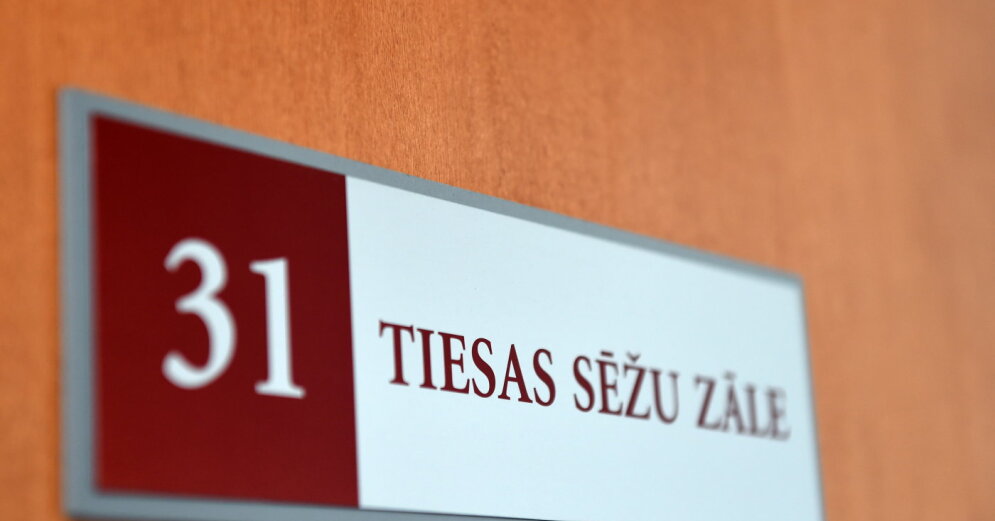Would the Covid-19 kill more in Seine-Saint-Denis, discriminating the poorest department of the metropolis? A jump 63% more deaths, all causes combined, over the period of March 21 to 27 compared to the previous period (March 14 to 20), worried Thursday evening the Director General of Health, Jérôme Salomon. For comparison, the increase reached 32% in Paris and 47% in Val-d’Oise. The complete figures, published Friday by INSEE, have turned, once again, inquisitive eyes (attributing this to the non-compliance with containment, an accusation swept away by the ARS Ile-de-France) or compassionate towards the department.
Read alsoCovid-19: in Seine-Saint-Denis, “we feel helpless”
Yet, delving into these data, their interpretation is not so straightforward. Between the monthly average of March 2020 and that of 2019, no major difference for 93, unlike Haut-Rhin and Corse-du-Sud, for example.
Likewise, by examining the situation of the neighbors of Hauts-de-Seine, a more affluent territory and with approximately the same number of inhabitants (1.6 million), we discover that more people died there between the 15th and on March 27 that in Seine-Saint-Denis, 575 against 479 respectively. The population is however, on average, not much older, and is much more favored.
“We are reaching the limit”
The 63% jump in Seine-Saint-Denis nonetheless reveals a tragic reality which has only worsened for a week: “More people than usual die, testifies Corinne Cadays-Delhomme, assistant to the town hall of La Courneuve and president of the Intercommunal Syndicate of the common cemetery with Drancy, Bobigny and Aubervilliers. Normally, we bury or cremate a maximum of twenty people per week, and there, between March 30 and April 3, we welcomed 33 deceased including 18 confirmed Covid-19. Mainly older people. ”
The chosen one indicates that the Muslim square of this cemetery still has many places. It is only half full. Undertakers like funeral homes are overflowing. “We had to bring two refrigerated trucks to our branches in the department, says Baptiste Santilly, director of the family business of the same name, which has three stores in Pantin, Drancy and Aubervilliers. We have to manage volumes three times larger than normal. Between Saturday and Monday alone, we recorded 25 deaths, 90% of Covid-19. They are almost exclusively people who died in retirement homes. ”
With the increase in mercury announced for the next few days, he fears poor storage of contaminated bodies and takes all measures to keep them cold. “My father experienced the heatwave of 2003. At the time, he worked day and night for a week. Today, it’s different, we have to hold on for the long term. But we are reaching the limit of what we can manage. ” His agency in Hauts-de-Seine is also on the verge of collapse. At the Rungis market (Val-de-Marne), one of the warehouses has just been requisitioned by the prefecture to relieve the funeral services in Ile-de-France and provide cold rooms.
The effects of the epidemic are being felt in town halls, or death notices are chain-signed. “I still had five, Monday morning, on my desk, relate Sylvine Thomassin, the mayor of Bondy. We observed a 211% increase in the number of deaths between the second half of March and that of 2019, or 28 deaths compared to 9 last year, but this is not a situation specific to the municipalities of our department. . “
Read alsoFamilies in HLM: “If I crack, I make everyone crack”
The number of deaths from nursing homes has also been on the rise for a week in the city. “We must remember that behind these pieces of paper and these figures, there are human lives, pasts to respect, resumes the elected who confirms that confinement is respected in her city. Unlike Paris, our banks of the Ourcq canal are deserted. ”
“Overcrowding”
Seine-Saint-Denis also bears the burden of one of the lowest numbers of doctors in France, as well as a high rate of chronic diseases (diabetes, cardiovascular and respiratory diseases) which often accompany precariousness. “There is the risk that these people in difficulty, whom we no longer see in the health centers, do not dare to come for fear of contamination or overloading the emergency services, and die at home, warns Pierre-Etienne Manuellan, medical director for the commune of Montreuil. We are trying to limit contamination, too, in the homes of legal and illegal migrant workers. Last week, in an overcrowded squat of 200 people, we tested 70. We found eight contaminated that we managed to isolate in hotels. ”
In Bondy, as in Bobigny, the town halls have drawn up a list of the most fragile, disabled or elderly and isolated people, and call them every day to get news. “We have also dispatched municipal agents who will bring them their shopping, their medicines and their social benefits, adds Abdeslam Berrouane, chief of staff at the town hall of Bobigny. The increase in mortality that is also observed, especially at home, is partly explained by overcrowding in certain dwellings, where families become infected without being able to do otherwise. ”
Read alsoConfinement: “In the suburbs, I did not see people in the parks …”
In Seine-Saint-Denis, like everywhere in France, not everyone is equal in the face of this virus. “Men are more than twice as at risk, explains Jean-Marie Robine, adviser to the INED management in charge of aging issues and research director at Inserm. The number of deaths is a good parameter to assess the virulence of an epidemic, even if, for the moment, we only have fragmented data which reaches us from nursing homes. There, as elsewhere, the people who die from the virus are very largely elderly over 75 years old. “
Aude Massiot
– .


